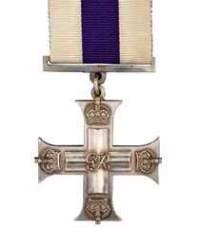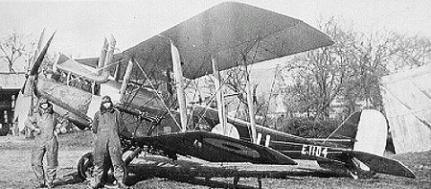Genealogy 4 – Tragic Hero Mystery Cache
Genealogy 4 – Tragic Hero
-
Difficulty:
-

-
Terrain:
-

Size:  (regular)
(regular)
Please note Use of geocaching.com services is subject to the terms and conditions
in our disclaimer.
Having followed the family ‘pedigree’ line back to the 1600’s the
focus now turns to specific individuals and events that occurred
within the family. During the last century, there were two world
wars, and no family in Britain escaped them. Every family has its
own stories of heroism, the blitz, evacuations and tragedy. Most
tragic of all are the numbers who gave their lives for the freedom
we have today. The Commonwealth War Graves Commission has a Debt of
Honour register containing details of 1.7 million members of the
commonwealth forces (plus 67,000 civilians) who lost their lives
during these conflicts.
John Torry, whose life we have already explored had a cousin Alfred
Freer Torry. Alfred’s son, Arthur James Dashwood Torry born in 1886
saw active service during the first world war, being given a
commission in April 1915. In September 1915 Lieut. Torry was
attached to the North Midland Heavy Battery, one of the first
territorial batteries to go to the front, and joined them in
Flanders, where he remained until the Somme offensive, when with
some other North Midland officers he joined the 132nd Heavy Battery
on the Somme. He was slightly wounded in October 1916, but remained
on duty. At the taking of Thiepval he went out with a telephone
wire immediately behind the Infantry, and was able to send word
through of their position. For this deed he was awarded the
Military Cross, the official announcement being: “He established
and maintained communication under very heavy fire, displaying
great courage and determination.” This was one of the 2885 Military
Crosses awarded during WWI.

The feat, for which he was awarded the Military Cross, is thus
described by another officer in a letter to Lieutenant Torry’s
family : “We were both detailed for forward observation work on the
26 September 1916, when the attack was made on the Zollern, Hessian
and Regina trenches, resulting in the capture of the two former.
The greatest difficulty was experienced in keeping the
communications intact, but it was done, and some useful information
thus obtained. It was an exceedingly hot time, and your brother was
the most fearless man I have ever had the pleasure to meet. On that
day our wire was running short, and he took the wire over the top
of the trenches to save taking it round the traverses which would
have necessitated the use of more wire, and he would do it himself
and not endanger the lives of the remainder of the party, five in
number, by allowing them to do it. By the goodness of God we all
returned safely that day, although personally I hardly thought we
could.”
In the summer of 1917 he applied for transfer to the Royal Flying
Corps, and came to England in September for training. He left for
the Front as an observer R.F.C. on October 2nd and was killed in
aerial combat on October 9th. With the exception of his month’s
training and an occasional ten days’ leave he had been at the Front
without intermission from September 1915 until his death. Another
officer wrote as follows : “There was an attack on October 9th, and
a number of planes took off for patrol work to keep the Hun from
crossing our lines. Quite unexpectedly two Hun planes dropped out
of the clouds a few hundred feet above them and attacked from both
sides at once. Arthur got his machine-gun on one of them, but the
other had pretty much his own way for a few seconds, and one of his
bullets got Arthur. By this time some of our other machines arrived
and drove off the Huns. Arthur had been badly hit, and only lived a
minute or two and was dead when they landed at the aerodrome a few
minutes later. His Flight Commander and other officers all spoke of
him in the very highest terms, although they said he had been with
them such a short time.”

He is commemorated, and his name is on the war memorial, in St
Marys Churchyard, Marston Morteyne (Bedfordshire) where his father
Alfred was Rector. However, his actual grave is in a military
cemetery in Belgium. You need to find the reference of his grave (a
roman numeral, a letter and a 2-digit number) in order to find the
cache. If the roman numeral is A, the letter B (converted to a
number as in A=1,B=2 C=3 etc), and the two digit number C, then the
cache is on a footpath at :N 53 20.(A+B+B)*(B+C) W 002 59.A*(C-B)
Parking is not recommended on the nearest road as this is busy and
does not give direct access to the cache location. Instead I’d
suggest parking in the housing estate at the co-ordinates at the
top of this listing, as this is far safer, and you’ll also find an
easy way to walk to the cache.
Additional Hints
(Decrypt)
Vil-Urnq